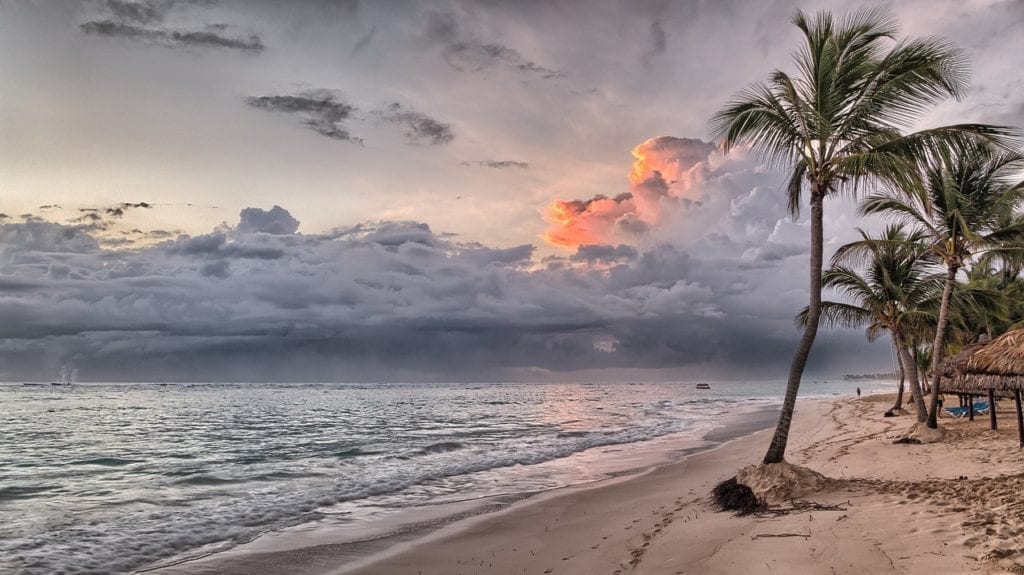According to ABC News, cases of Vibrio vulnificus (V. vulnificus) infections have risen in Florida following the devastating effects of Hurricane Ian. V. vulnificus infection, which may also be referred to as vibriosis, is fatal in an estimated 20% of cases. In Florida, as of mid-October 2022, 65 cases of V. vulnificus had been reported, with 11 associated deaths. This is significantly higher than the prior years. In fact, these cases are the highest amount seen in Florida for the past 13 years.
People can become infected with V. vulnificus through eating raw or undercooked seafood. It can also be contracted when an open wound comes into contact with infected seafood, its juices, saltwater, or brackish water. In Florida’s case this year, a large majority of infections come following Hurricane Ian. As people begin to clean out their yards and homes, rates of infection are rising. This is especially common in coastal areas.
Vibriosis can lead to the development of necrotizing fasciitis. For those living in Florida, you can take certain steps to avoid V. vulnificus infection. These include:
- Avoiding stepping or standing in any flood, standing, or brackish water.
- Covering your wounds with waterproof bandages to avoid infection.
- Washing wounds and cuts thoroughly, especially if they have come into contact with any water.





